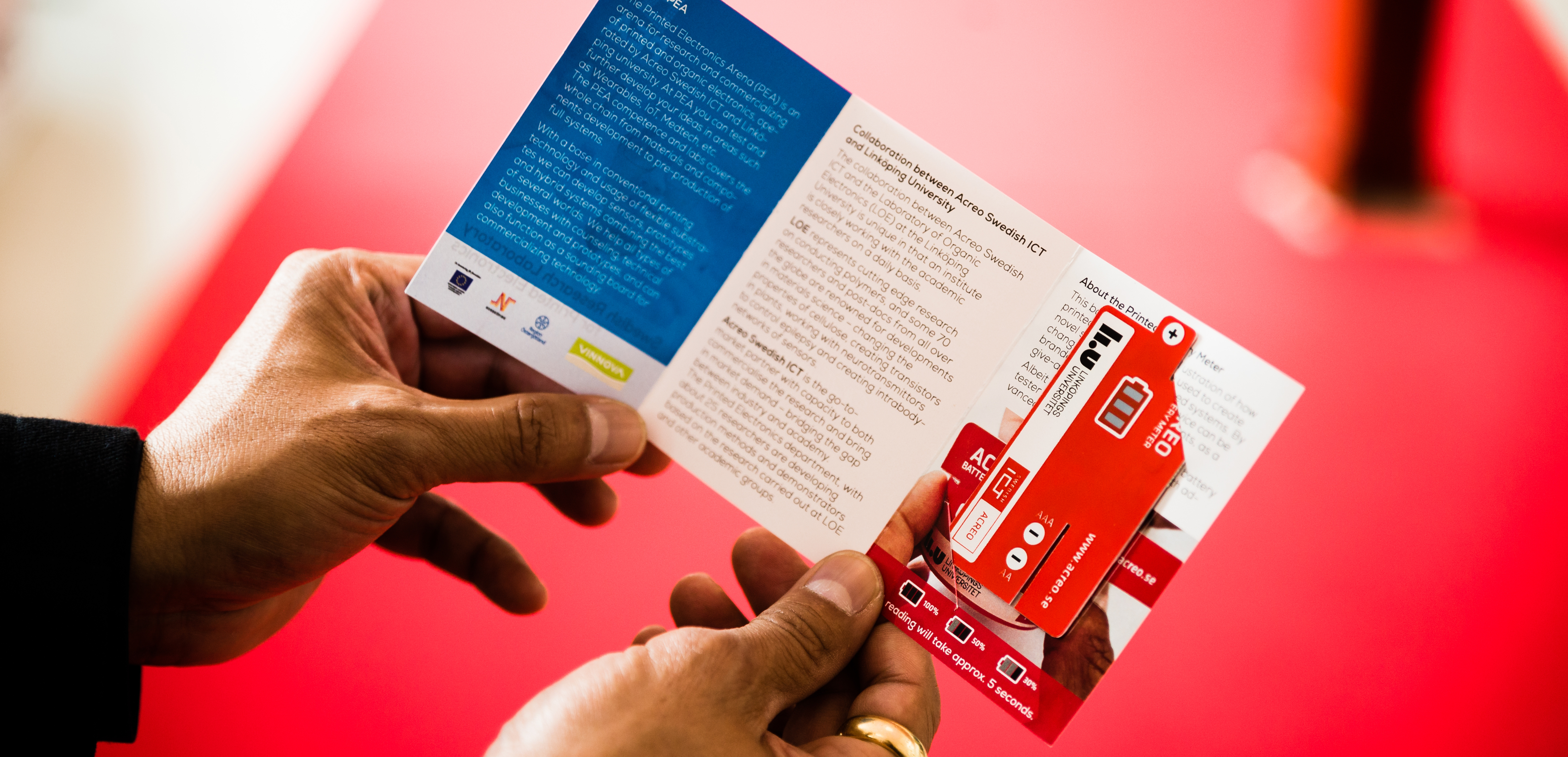Examples of sensors that are studied are various types for gas measurement, monitoring emissions of NOx and sulphur dioxide, particle detectors, graphene-based sensors, and much more.
Research is also carried out into sensor systems connected to the internet of things, for environmental control both indoors and outdoors.
Sensor fusion is a further area in which LiU leads the field, with applications such as directing autonomous vehicles, navigating in smoke-filled corridors, and preventing the poaching of extinction-threatened animals in Africa.
Biosensors
Biosensors are another field in which research at LiU has a strong position. One of the results of this research is a blood-sugar gauge of credit-card size for people with diabetes. The goal of this research is to develop biosensors that make life easier for people with various types of disease, and that provide greater independence and a greater degree of individually tailored medication. Biosensor are also studied for the development of biological pharmaceuticals and diagnostic agents.Highly praised research is also being conducted into chemical and optical sensor systems built into a chip, known as “lab-on-a-chip”. A disposable test stick can act as a complete tiny laboratory, and the results can be sent to the caregiver by, for example, mobile phone.
Several spin-off companies have arisen from this research, such as SenSIC AB (environmental monitoring), Wiotech AB (systems connected to the internet of things) and SenionLab AB (indoor tracking).

